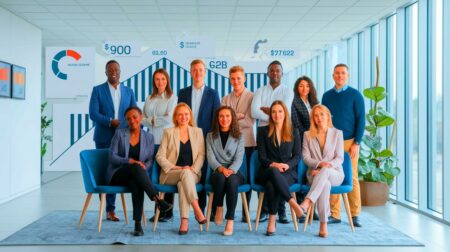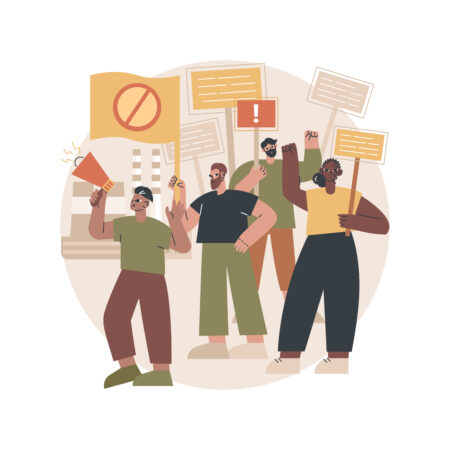 Recently, the magazine 60 Millions de Consommateurs(“60 Million Consumers”) released a study on high speed Internet, testing the connection speed for over 1.7 million consumers in France between January 2011 and May 2012. As reported by Numerama[FR], the study showed that, while most operators advertise high-speed internet as 10Mb/s, 50Mb/s, or even 100Mb/s, the reality is nearly half – 5.6Mb/s.
Recently, the magazine 60 Millions de Consommateurs(“60 Million Consumers”) released a study on high speed Internet, testing the connection speed for over 1.7 million consumers in France between January 2011 and May 2012. As reported by Numerama[FR], the study showed that, while most operators advertise high-speed internet as 10Mb/s, 50Mb/s, or even 100Mb/s, the reality is nearly half – 5.6Mb/s.
The study brought light to a lot of interesting facts, some more surprising than others, such as how 24.6% of consumers tested had a connection speed of less than 2Mb/s, arguably substandard for any casual internet user. In addition, another 31.6% had between 2 and 5 Mb/s connection speed, which means that over half of the 1.7 million users tested had 5Mb/s or less bandwidth.
Some of the less surprising results showed that users in major metropolitan areas like Paris & Lyon have 15% faster internet connections on average, and they are 23% faster than in rural areas. This makes sense considering that the return on investment for internet operators in rural areas is significantly less than in major cities – in fact, one of the four major internet operators, Numericable, doesn’t even operate in most small cities.
The study also showed that, just like water & electricity consumption, there are peak hours (the weekend and evenings) during which internet connections are slower. As Internet is less than 20 years old in terms of household use, this beckons the question as to whether it will eventually be debited like water & electricity – based on consumption at different rates depending on the time of day.
Lastly, I was interested to see the performance of the four internet operators in France – Free, Numericable, Orange & SFR (related: SFR launches 3G in Paris metros). Numericable, for example, who doesn’t operate in cities with less than 10K inhabitants, performed twice as well in suburbs and major cities – this makes sense, as even SFR & Orange sell services to customers using Numericable’s far more advanced fiber optic connection. In addition, different services have different activity on different days. For Free, Numericable, and Orange, the slowest days are Sunday and Monday – arguably when we’re getting ready for the week or back at work; however, for SFR, the peak days are Saturday and Sunday suggesting their customers use more internet on Saturday than the other operators.
While major operators are pushing fiber optic cables in advertisements as the next innovation, it’s hard to imagine a France with stable fiber optic connections in every house, when they haven’t yet been able to get their old network up to the very speeds they advertise. You can read the entirety of the report (in French) here.
What operator are you on right now? Let us know your experience!
Did you like it? 4.4/5 (28)






